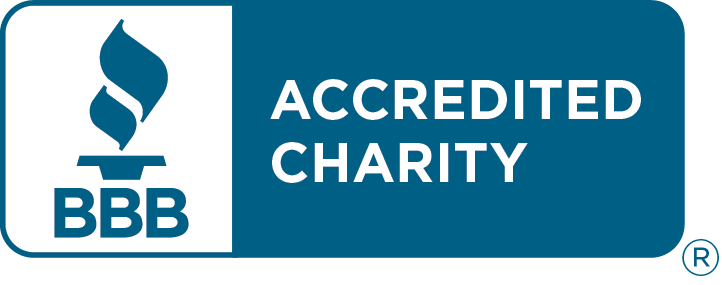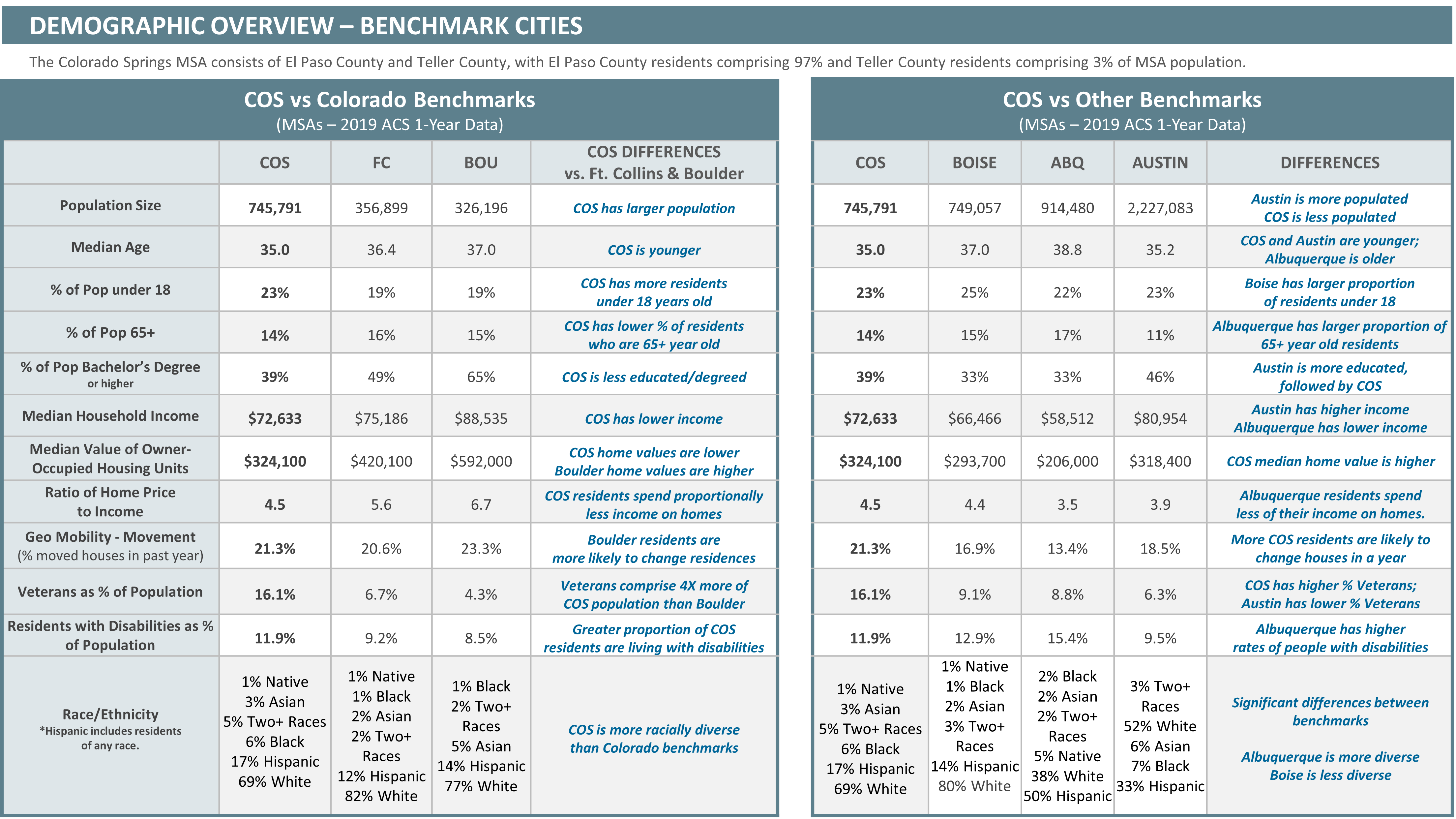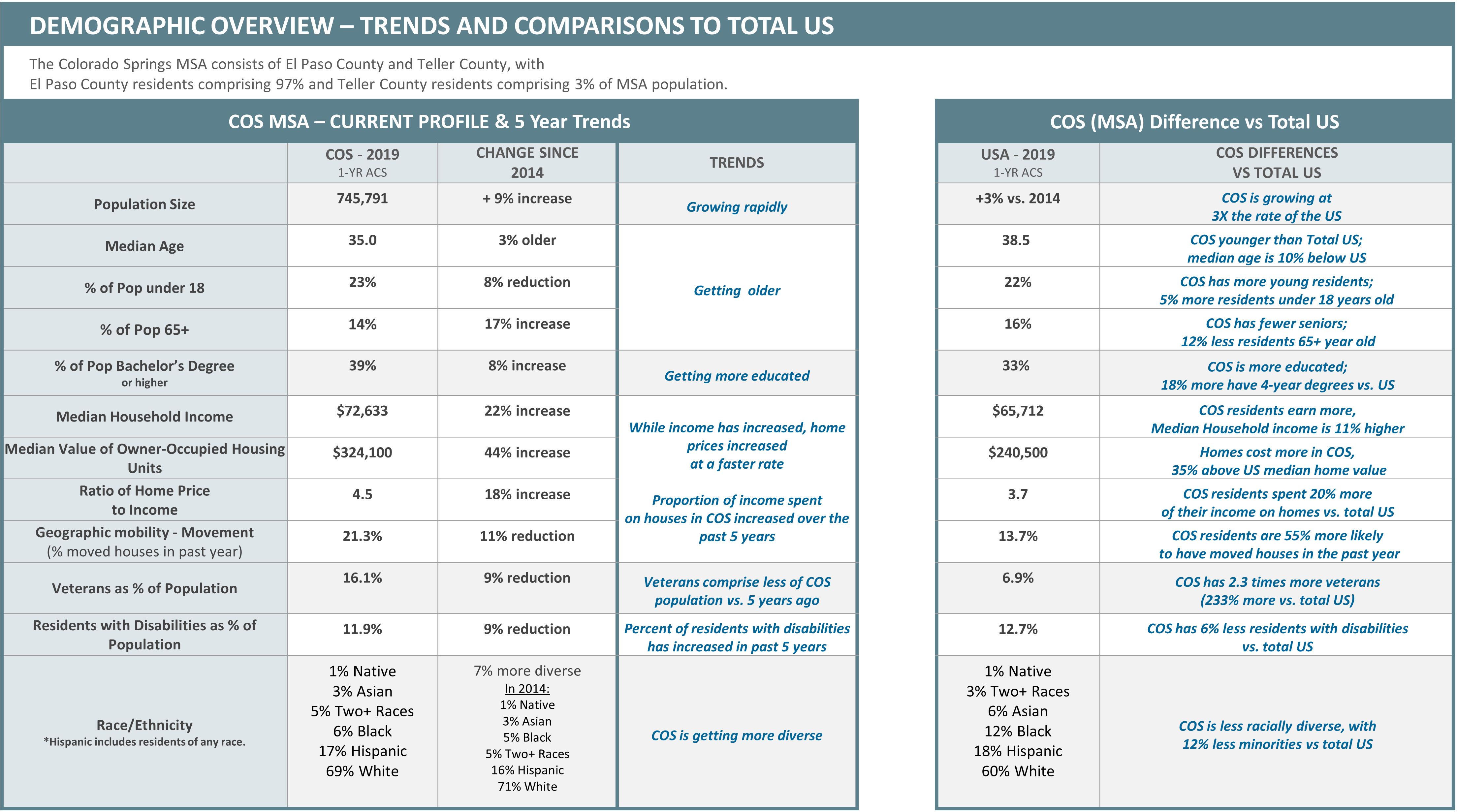Pikes Peak United Way, 2-1-1 and the Family Success Center will all be closed on Monday, the 20th. If you need assistance due to weather, 2-1-1 will be checking messages regularly and will return calls to urgent messages. For more information on the upcoming cold weather, visit https://pproem.com/node/152681.
518 North Nevada Avenue
Colorado Springs, CO 80903
Main PPUW Office Number: 719.632.1543
To contact 211
866.488.9742 Alternative Number
719.955.0742 Alternative Number
Resources
© 2025 Pikes Peak United Way.




